If you ever thought lone galaxies would spend their existence unperturbed, think again: galaxy collisions are an integral part of the history of the Universe.
In a distant corner of the Universe, some 45 million lightyears away, billions of stars are dancing a celestial waltz.
They are spinning, gyrating and pirouetting around and, if you squint, their collective flailing looks like the antennae of an insect.
It is from this striking appearance that this ancient group of stars gets its name: the Antennae Galaxies.
The plural is a clue to their true origin. This is not a single galaxy, but two in the process of merging.
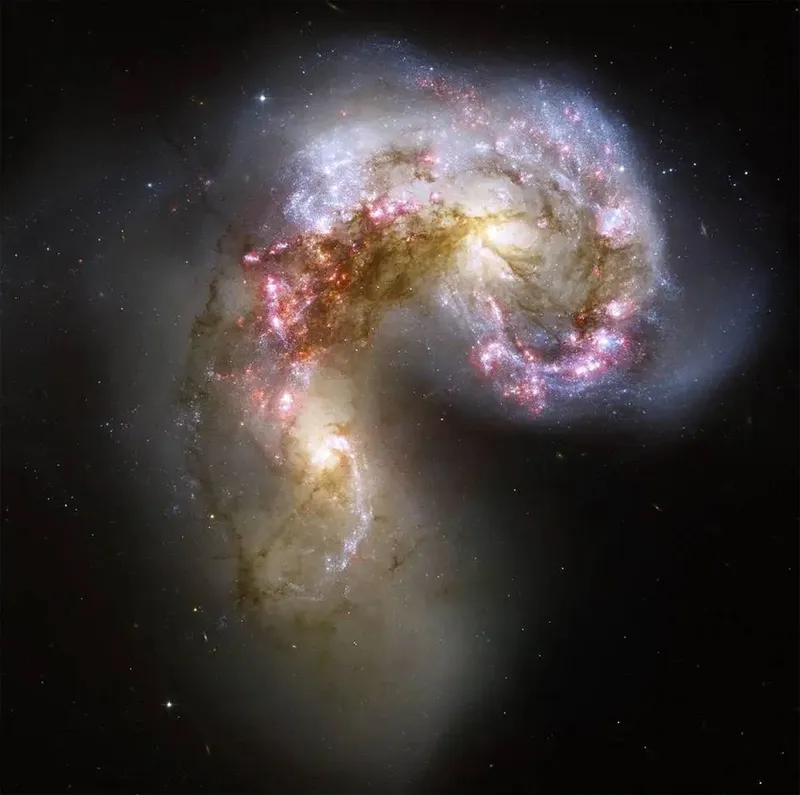
Galaxy collisions and the evolution of the Universe
Galaxy collisions or mergers like these are the lifeblood of the Universe, building the enormous structures that dominate the cosmos to this day.
More than that, galaxy collisions and mergers could have helped make the Universe a more life-friendly place.
It isn’t too much of stretch to say that we wouldn’t be here without them.
And yet, for something so crucial, astronomers have only recently started to pull back the curtain to reveal their secrets.
Many mysteries remain. This is the story of what we know, as well as what we don’t.

What causes galaxy collisions
"If we look at the history of all galaxies, each galaxy has had a few major mergers and some minor ones," says Christopher Conselice, professor of extragalactic astronomy at the University of Manchester.
A major merger occurs when the two entwining objects are of roughly equal size. If a large galaxy gobbles up a tiny one, then it’s classed as a minor merger.
What causes galaxy mergers? “The simple answer is gravity,” says Conselice.
Nothing in the Universe is static and galaxies are moving through space.
If two galaxies undertake a close encounter, then their mutual gravitational attraction can draw them closer still.
As the gap narrows, that attraction rises yet further and eventually they are set on a collision course.
What happens when galaxies collide

It would be wrong to think of galaxy mergers as the cosmic equivalent of a car crash.
"The stars are non-collisional," says Conselice. The gap between the stars inside a galaxy is typically hundreds of billions to tens of trillions of kilometres.
The chances of two stars colliding in a typical galaxy merger are less likely than you tossing a coin 27 times and them all coming down heads.
However, stars can still get shredded by the extreme tidal forces inflicted during galaxy mergers.
Debris is ripped out of the galaxy and strewn into long strands of stars like those seen in the Antennae Galaxies.
Eventually the dance abates and the remaining stars settle down into a single galaxy, often bent into a strange shape.
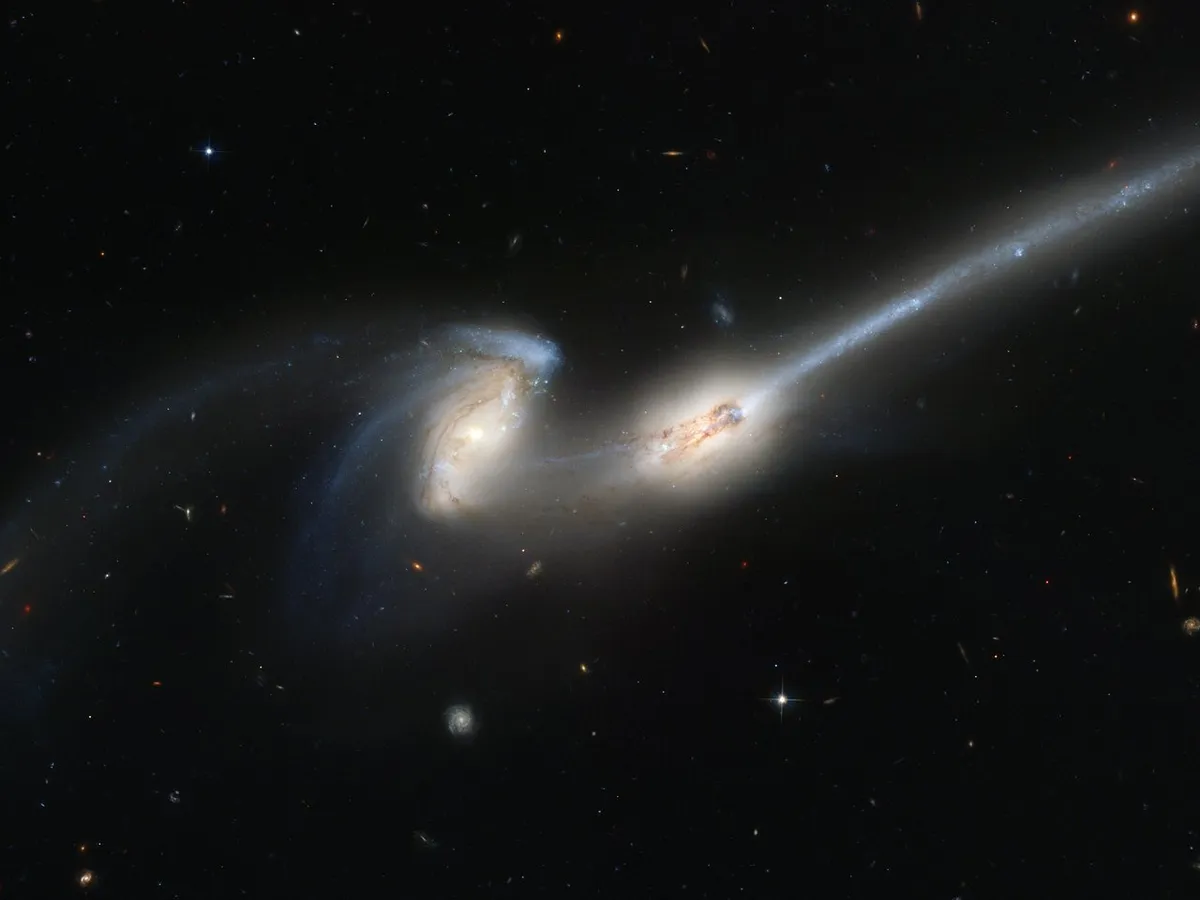
There are various options for what can emerge from a merger.
Two galaxies with once-distinctive spiral arms can become an almost featureless elliptical galaxy – a rugby-ball-shaped blob of stars.
"You can also get a ring galaxy," explains Conselice. This is where a merger hollows out the inner part of a galaxy, leaving only the outer stars in a ring around the centre.
Then there’s the Whirlpool Galaxy, which is currently interacting with smaller companion galaxy NGC 5195.
Whatever unfolds, it’s not a quick process. "Mergers take a billion years to finish," says Conselice.
Galaxy mergers leave their mark in other ways too.

Galaxy collisions and star formation
"The gas does become affected," says Conselice. "It interacts with other gas."
That leads to epic bursts of star formation as high temperatures and pressures spark new stars into life.
The star-formation rate for galaxies in the early Universe was about 50%, but this has dropped to about 30% in the modern Universe.
Without star formation – and without the galaxy mergers that helped trigger it on a massive scale – we probably wouldn’t exist.
"You wouldn’t have as much metallicity in the Universe," explains Conselice.
To an astronomer, a metal is any chemical element that isn’t hydrogen or helium.
Massive stars churn those two elements into heavier ones, like the nitrogen that makes up most of the air you’re breathing, or the oxygen in that air that keeps you alive, or the very carbon atoms you are made from in the first place.
"Galaxy mergers connect to planets and life," Conselice says.
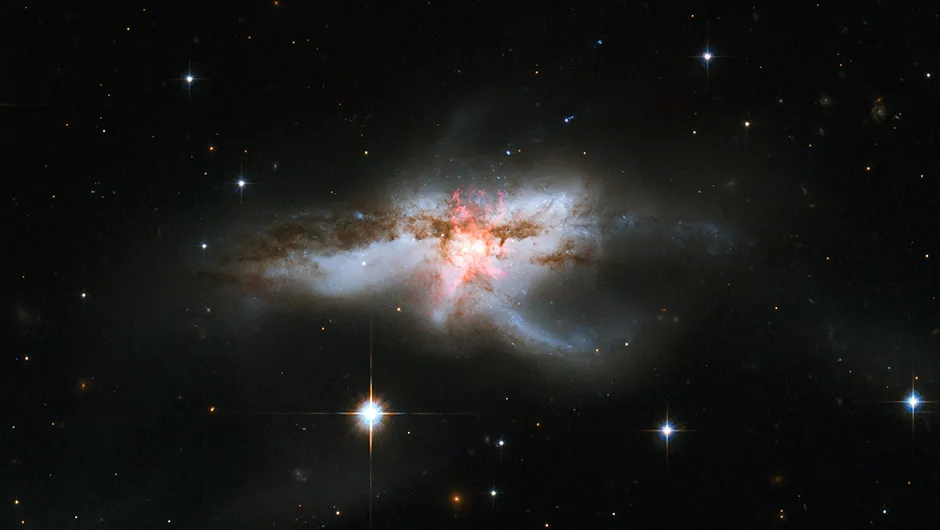
Dark matter
Galaxy mergers may look spectacular, but there is a lot going on behind the scenes that we cannot see.
For one thing, stars, gas and dust make up just a small part of a galaxy. Most of the mass of a galaxy is in the form of dark matter.
In fact, when groups of galaxies, called galaxy clusters, collide, ordinary matter is often separated from dark matter, providing a strong clue to the latter’s existence.
Astronomers can see dark matter’s influence through an effect known as gravitational lensing, whereby the merged object bends distant starlight around it.
Dark matter plays a big role in our current best model of the Universe’s size, structure and origin.
"It’s called Lambda CDM," says Conselice. Here the CDM stands for Cold Dark Matter (more on the ‘Lambda’ later).
"Mergers are a prediction of Lambda CDM," he says. So finding them feeds back into and reinforces our most fundamental picture of the Universe.
If we didn’t see galaxy mergers, something would be amiss with the model and astronomers would have to return to the drawing board.

Supermassive black holes and the Final Parsec Problem
The other largely invisible thing hiding inside galaxies is the supermassive black holes (SMBHs) at their hearts.
In the Milky Way, for example, an SMBH known as Sagittarius A* tips the scales at four million times the mass of the Sun.
When two galaxies merge, so do their black holes.
And there are still some things that we don’t fully understand about how this happens, such as the Final Parsec Problem.
"The mass of the SMBH links to the mass of the galaxy," explains Conselice.
"There’s a tight correlation between the way the black hole forms and how the galaxy forms."
In this way, SMBHs are the conductors of the cosmic orchestra. Yet there is still a step missing that astronomers don’t quite understand.
We’ve seen lots of small black holes and many enormous ones, but very few in between.
Such intermediate-mass black holes would be the building blocks of SMBHs, so perhaps they merge quickly and don’t hang around for long.
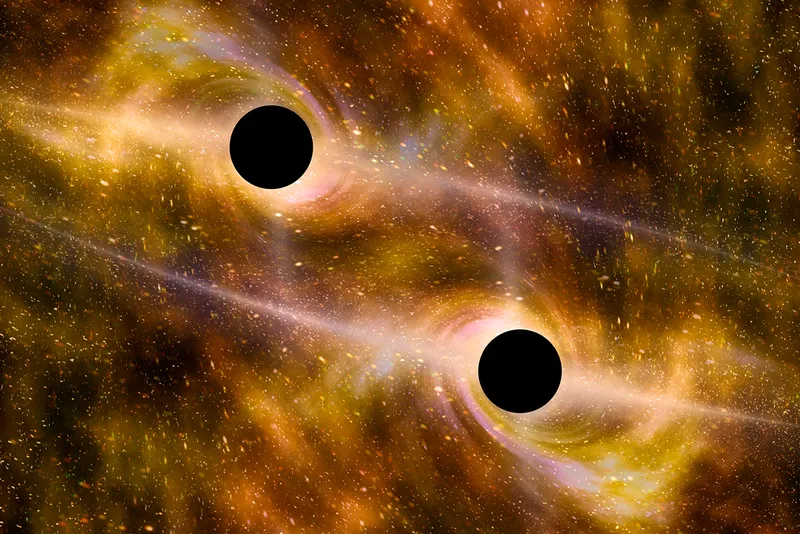
Gravitational waves
Black hole marriages could also open the door to exploring galaxy mergers that are far too far away, and so too faint, to see with ordinary telescopes.
When two black holes collide, they produce gravitational waves, ripples in the very fabric of the Universe itself.
They travel at the same speed as light and eventually wash up on Earth’s celestial shoreline.
Gravitational wave astronomy is still in its infancy, as the first detection only occurred in 2015.
So far our devices, such the LIGO and VIRGO facilities, are sensitive to small black hole mergers – those where the colliding black holes have masses tens of times the mass of the Sun.
To be able to detect gravitational waves from SMBH mergers, we are going to need a bigger experiment. Much bigger.
Thankfully, there is one already in the pipeline. The Laser Interferometer Space Antenna (LISA), due for launch in 2037, will consist of three spacecraft flying in triangular formation.
The gap between each spacecraft will be 2.5 million kilometres.
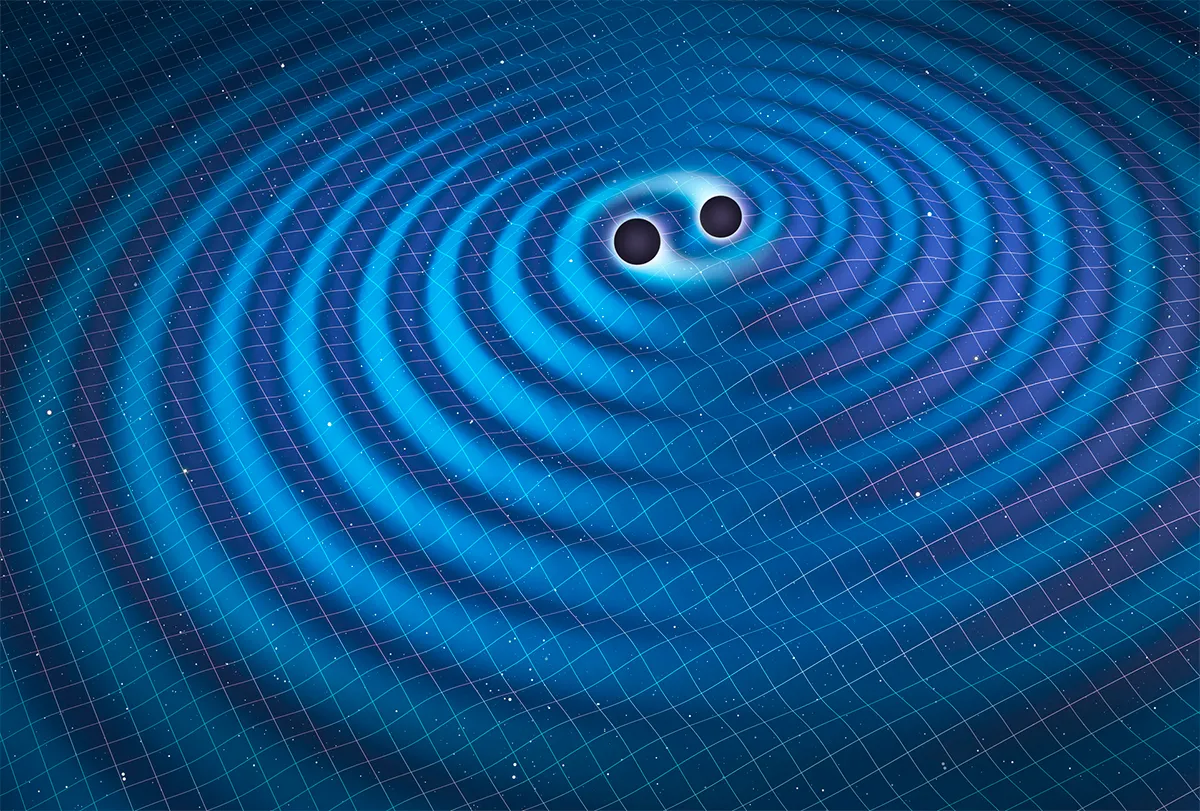
Dark energy
You may think that eventually all galaxies will merge as gravity inexorably draws them together.
However, there is another factor at play, and one whose potency will only grow stronger with time:
dark energy.
In the 1990s, astronomers were shocked to learn that the expansion of the Universe is speeding up.
Dark energy is the vague name given to the unknown reason for why this is happening. It is the Lambda in the Lambda CDM model.
It is a fight that gravity cannot win. As dark energy continues to expand the Universe at an ever-quickening pace, the gap between most galaxies will only grow.
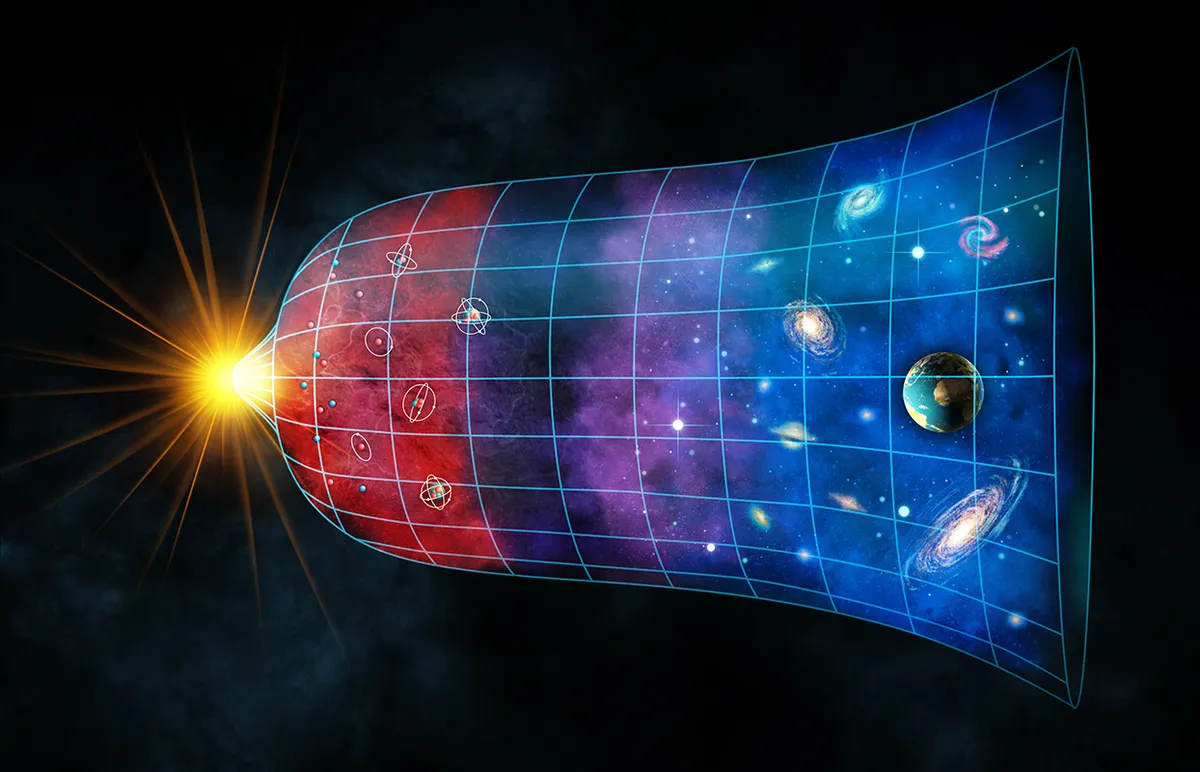
Their gravitational attraction will wane and dark energy will then push them even further apart.
There will come a time when dark energy has stretched the space between galaxies to such an extent that mergers will no longer be possible.
In fact, all galaxy collisions will effectively be reversed. Eventually the space between all the stars inside a galaxy will become so large that gravity can no longer shackle them.
And then entire galaxies will be torn apart. In other words, dark energy will one day undo all of the construction work that mergers have completed over the last 13.5 billion years.
So it’s best to enjoy them while we still can.
This article appeared in the January 2024 issue of BBC Sky at Night Magazine.
